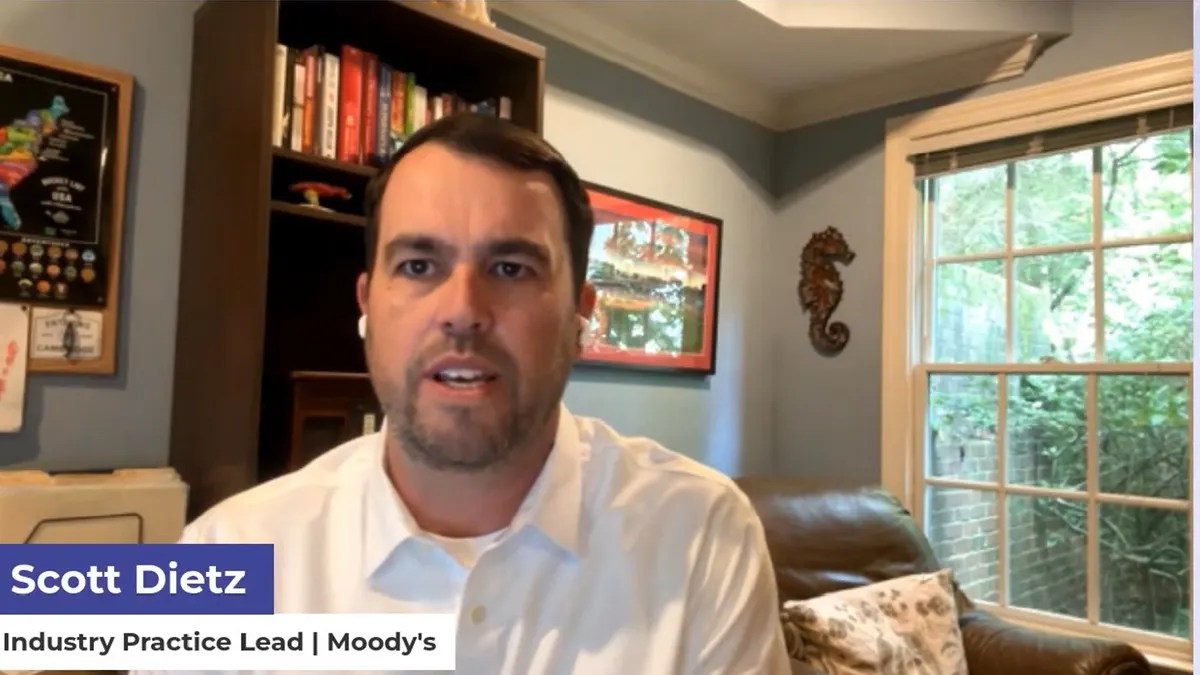Editor’s note: Philip Watson is CFO of Payscale, a Seattle, Washington-based SaaS company which provides compensation data and software. The views are the author’s own.
Many companies lack a comprehensive compensation strategy. By “comprehensive compensation strategy,” this means a structured, data-driven approach to designing and managing all forms of employee compensation — base pay, variable pay, equity, and benefits — aligned with their business goals, talent philosophy and financial realities.
As we are all aware, once the economy absorbed the shock of the COVID-19 pandemic, the early 2020s were a fluid boom time for employees and hiring. Buoyed by 0% interest rates, businesses raced to lock in and lock down talent. Inevitably, compensation spending ballooned as companies placed concerns about workforce efficiencies on the back burner. Free money created a labor market bubble, and as interest rates rose, companies that over-hired in 2021 found themselves in a bind. Stakeholders and shareholders demanded more and more financial discipline starting in 2023, resulting in layoffs and a sharp drop in job openings.
Businesses will always be subject to macroeconomic swings. Having (and executing against) a comprehensive compensation strategy can’t completely ward against those natural ups and downs, but can leave you better positioned to weather them. Ultimately, you want to get to a place where you are taking charge of the things you can control.
Managing your talent bench
One key aspect is ensuring your top performers are recognized and rewarded appropriately. These top performers are the rock you rely on regardless of market conditions, and even more so in bad economic times.
At the same time, it’s important to support underperformers with clear expectations and opportunities to improve. When improvement doesn’t follow, organizations must make thoughtful decisions that align with long-term goals.
Compensating resources correctly in each of these two situations is vital to helping your business have the best chance of success in any economic environment. As such, effective compensation planning requires a chisel, not a hammer. Organizations that master this are able to strategically reward talent and surgically cut waste, enabling them to emerge from any economic cycle with their competitive advantage intact.
Using market uncertainty to your advantage
The struggle for great talent is fierce in both good times and bad. As our current labor market continues to loosen, savvy organizations will seize the opportunity to scoop up top performers at potentially discounted rates.
Companies will be focusing on attracting high performers before or as they hit the market, the retention of their own top talent and refining their performance review processes to understand their talent bench.
There will always be budgetary constraints, regardless of the market. But it’s how you maximize the efficiency of your largest expense that matters. Hiring freezes and layoffs can be blunt instruments that undermine long term employee sentiment. Finely tuned plans for paying the right employees the right amounts is a much more precise approach. It’s important to think consistently about how your actions are part of a broader compensation strategy where you’re in constant competition for talent.
The costs of an inefficient comp strategy
Turnover of top talent is bad, regardless of the market. Some estimates put the total cost of replacing an employee at three to four times their salary. When you lose an employee, you’re not only on the hook for the direct costs of recruitment and hiring, but experience even greater financial losses in productivity.
Ramp times obviously vary by position and level. One thing is constant: when top performers with their wealth of institutional knowledge, close client relationships and skills walk out the door, it jeopardizes future performance. The costs of retaining these employees almost always provide a better return than the immediate savings of a lower headcount.
If budget constraints limit your ability to offer top performers higher pay increases, creativity becomes your competitive advantage. Consider variable pay incentives tied to individual performance, flexible working arrangements and other meaningful perks.
Figuring out the right mix of fixed, variable pay, and other incentives for talent is not easy. And many organizations lack the data confidence to get it right.
Payscale’s Compensation Best Practices Report shows 60% of organizations are confident their pay increases are competitive. Another 63% express confidence in their job pricing to attract and retain talent. That’s the good news. But we should also pause. After all, 40% of companies admit they aren’t confident in their market competitiveness.
These data confidence gaps translate directly to inefficient spending. Organizations uncertain about their competitive positioning cannot allocate constrained compensation dollars strategically, often underinvesting in critical talent attraction and retention. The most successful compensation strategies start with market intelligence, transforming uncertainty into targeted investment and ensuring every dollar works hard for employees that drive results.
Building a resilient compensation strategy
Our current economic environment requires moving beyond reactive responses to market conditions by embracing a sophisticated approach to talent investment. This means developing a comprehensive compensation strategy that flexes with the market while keeping close tabs on top talent. It also means using data to make intelligently informed decisions about where to invest.
Organizations that are able to successfully strike the right balance between rewarding and retaining the right talent and hitting more and more difficult budget targets will thrive under any market conditions. Seize the current market uncertainty as an opportunity to build a stronger, more resilient comp strategy, while your competitors struggle with the whiplash of boom-and-bust pay tactics.





















